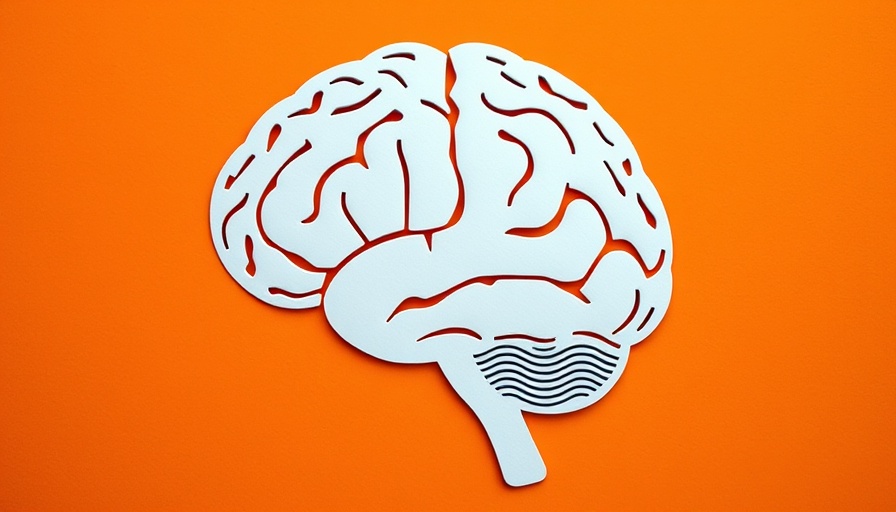
Recognizing the Signs: Understanding Ministrokes in Women
When we think of strokes, we often picture older adults, but did you know that women are especially at risk for ministrokes, also known as transient ischemic attacks (TIAs)? TIAs may set off alarm bells for serious health concerns, serving as a warning sign that you should not ignore. Being aware of the symptoms can be life-saving, empowering women to take proactive steps about their health.
What Is a Ministroke?
A ministroke occurs when there’s a temporary interruption in blood flow to the brain. Unlike strokes, TIAs typically resolve themselves within 24 hours, leaving no permanent damage; however, they can be harbingers of a full stroke in the future. Understanding the distinct signs can enable women to act swiftly and effectively.
10 Symptoms of a Ministroke You Shouldn’t Ignore
While symptoms may vary, certain signs tend to appear, notably in women. Here are ten critical symptoms to be aware of:
- Sudden numbness or weakness: Especially in one side of the face, arm, or leg.
- Confusion: Trouble understanding simple concepts or following conversations.
- Vision issues: Blurred or double vision in one or both eyes.
- Dizziness or loss of balance: Feeling dizzy or having trouble walking may signal a TIA.
- Severe headache: Sudden and intense headaches without any known cause.
- Difficulty speaking: Slurred speech or trouble articulating thoughts.
- Head or body jerking: Unusual movements that might not align with muscle control.
- Feeling faint or lightheaded: This can be connected to the reduced blood flow.
- Nausea: A sudden wave of nausea can sometimes accompany TIAs.
- Changes in mood: Sudden sadness or anxiety without clear triggers may also indicate risk.
The Unique Risk for Women
Research indicates that women often display different symptoms than men and may be less likely to recognize them as strokes. Often seen as just signs of fatigue or stress, ministroke symptoms could be easily overlooked, diminishing the urgency to seek help. It's crucial for everyone, especially women, to understand their unique health paradigms.
Historical Context and Health Disparities
Understanding the historical context can make these symptoms all the more pressing. Women, particularly women of color, face significant disparities in stroke care and outcomes. Studies reveal that women are underrepresented in stroke interventions, leading to a persistent lack of awareness about their unique symptoms. Addressing these disparities helps encourage women to be vigilant and proactive.
What You Can Do
Recognizing these symptoms and seeking medical attention immediately can drastically alter outcomes. Pay attention to the signs mentioned and don't hesitate to call for help. Education about stroke symptoms could save lives—empowering yourself and your community can foster understandings around preventative action and health literacy.
The Importance of Communication
It’s essential for women to communicate any changes in their health with friends, family, and healthcare providers. Keep everyone aware of your baseline health and any symptoms that feel different. Building a community of support can lead to better health outcomes.
Actionable Insights for Long-Term Health
Women should incorporate lifestyle changes that may reduce the stroke risk. Engaging in regular exercises, maintaining a balanced diet rich in fruits and vegetables, and managing stress through mindfulness practices can play vital roles in fostering long-term wellness. Regular check-ups also ensure that any health changes are monitored effectively.
Concluding Thoughts
Understanding the symptoms of a ministroke is not just informative; it’s transformative. Awareness can lead to timely intervention and potentially save lives. Communicate with your loved ones, stay informed, and take charge of your health. Knowledge is empowerment—let’s foster an environment where women empower each other to prioritize their health.
 Add Row
Add Row  Add
Add 




Write A Comment